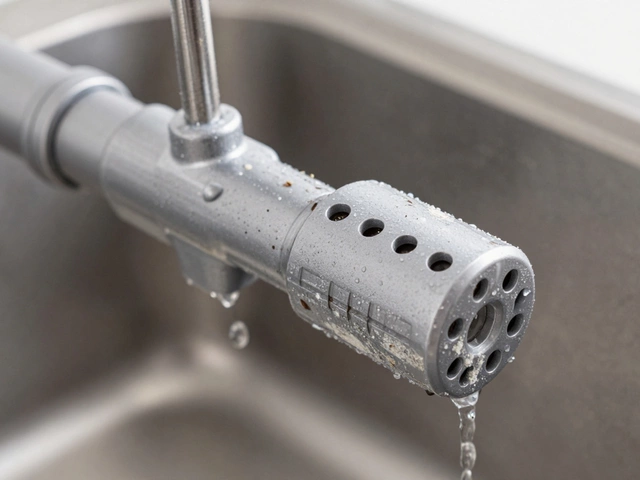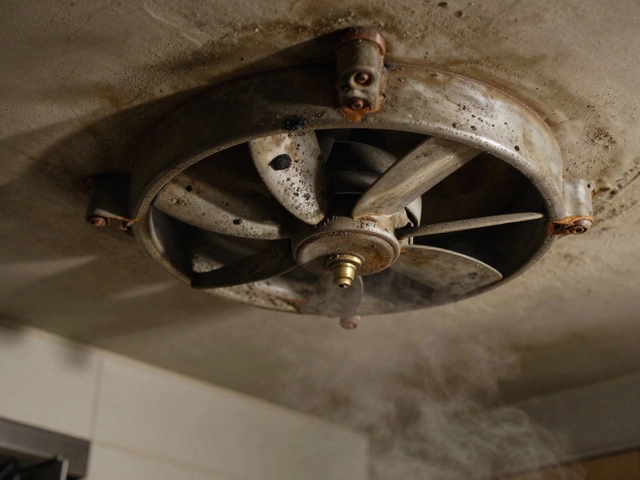Extractor Fan Maintenance: Keep Your Kitchen Fresh
When working with extractor fan, a device that pulls steam, odors and grease out of a kitchen or bathroom. Also known as range hood, it helps maintain indoor air quality and protects surfaces from moisture damage. Regular extractor fan maintenance stops grime buildup, keeps noise low, and ensures the fan moves enough air to meet safety standards.
Why the Whole System Matters
Every extractor fan is part of a broader kitchen ventilation, the network of ducts, vents and fans that exchange indoor and outdoor air. Good ventilation reduces mold risk, cuts down on greasy film, and makes cooking more comfortable. The fan’s CFM rating, the cubic feet per minute measurement of airflow tells you how much air it can move; a rating too low for your stove size means smells linger and moisture builds up.
Keeping the fan clean directly improves its CFM performance – that’s a classic maintenance‑to‑efficiency link. If the filter or interior gets clogged, the fan works harder, draws more power, and can become noisy. In turn, higher noise can signal a failing motor, which often needs an electrician, a qualified tradesperson who handles electrical connections safely or a ventilation specialist to replace parts.
UK building regulations also play a role. The rules require a minimum airflow rate for kitchens, usually expressed in liters per second, to prevent excess humidity. Ignoring these guidelines can lead to failed inspections when you sell a house or rent it out. So, a quick check of your fan’s airflow and compliance status is a smart habit during any maintenance round.
Here’s a simple three‑step routine you can follow each season: 1) Turn off power, remove the filter, and soak it in warm, soapy water; 2) Wipe the fan interior and ducts with a damp cloth, watching for grease splatters; 3) Test the fan after reassembly, listening for unusual sounds and confirming that airflow feels strong when you hold a piece of paper near the vent. If you notice reduced suction or a humming noise, it’s time to call a professional.
Some homeowners wonder whether they can skip the professional check if the fan looks clean. While DIY cleaning handles most grime, a qualified tech can safely inspect wiring, motor bearings, and the vent route for hidden blockages. That extra step often catches issues that cause premature fan failure, saving you money in the long run.
Below you’ll find articles that walk through related topics – from choosing the right fan size to understanding the legal requirements for kitchen ventilation. Whether you’re a DIY enthusiast or prefer to hand the job to an expert, the collection gives you the facts you need to keep your extractor fan running smoothly.
Struggling with a noisy or non-working extractor fan? Here’s how to diagnose, repair, and maintain your extractor fan like a pro—no technical jargon required.
Extractor fans play a pivotal role in maintaining good air quality and eliminating odors in homes, especially in kitchens and bathrooms. This article explores the importance of regular maintenance for extractor fans, including how cleaning and inspections can prevent potential issues. Discover practical tips to enhance the performance and extend the lifespan of your fan. Understanding the common signs of wear can save you from costly repairs in the long run.



